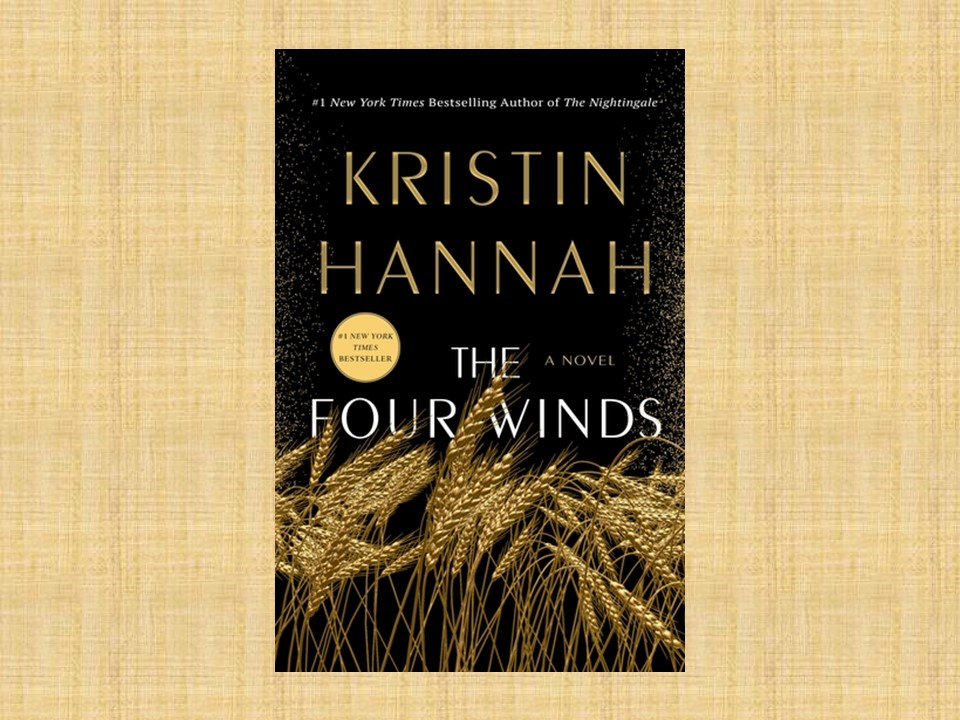

“I’m a West Coast gal, and I’ve moved around a lot, so I don’t come from one of those families that are connected to a place sort of fundamentally. “In a very real sense, it’s sort of the core of it,” she says. At the heart of many of those texts lay the twin passions for land and family that undergird much of the narrative of “The Four Winds.” Source materials at the University of Texas in Austin also helped, including the writings of novelist Sanora Babb and the memoirs of many who lived through the Dust Bowl and westward migration, Hannah says. She visited Dalhart, Texas, the town where Elsa’s story begins, and later, after driving remnants of Route 66 west to California, spent time at the Sunset migrant camp near Arvin, in order to see the conditions into which she later placed Elsa and her children. “I think that has real messages for today.”īefore she started writing, Hannah says she did extensive research in order to be as accurate as possible about the history and the people about which she planned to write. “All of that hardship, it’s remarkable and it’s inspiring,” Hannah says. In her early research into the Dust Bowl and the Great Depression, she realized that as a woman born in Southern California and raised there and in the Pacific Northwest, where she lives still today, she didn’t know much about the struggles faced by people in that time and place. “And I really began to want to write a quintessentially American novel about some story of lost history that I thought would be as emotional and as inspiring as ‘The Nightingale.’”

“In my travels after that book and talking to people, I really began to understand how much that story of female courage and women’s lost history resonated with people,” Hannah says.

2, won’t be able to imagine this story told any other way, so strong a character is Elsa as she fights for survival and finds her own strength in a tale that reaches from the Dust Bowl to the migrant camps of California’s Central Valley in the mid-1930s.įor Hannah, that vindicates the decision to place Elsa at the center of the story, which like her 2015 bestseller “The Nightingale,” a novel about the women of the French Resistance during World War II, focuses on an epic story about women set against the backdrop of history. It is likely that readers of “The Four Winds,” which arrived on Feb.


 0 kommentar(er)
0 kommentar(er)
